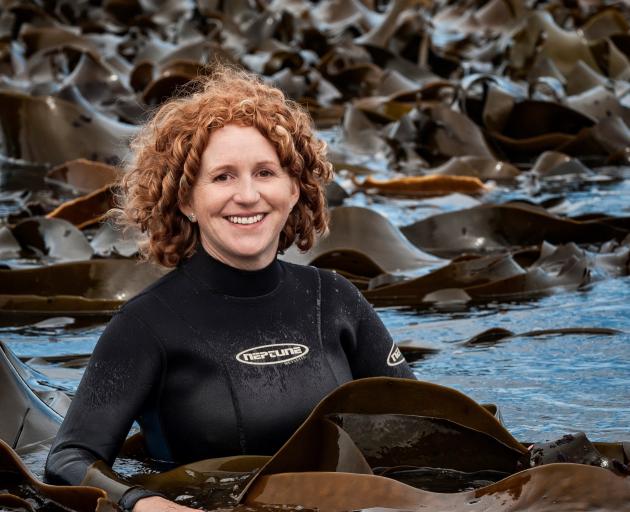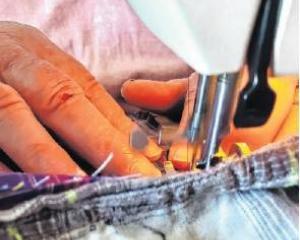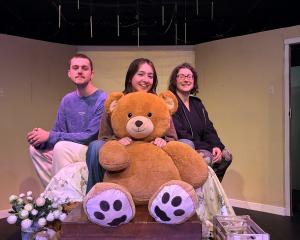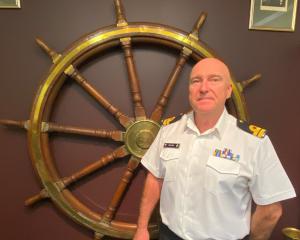
In Beachcombing — A Guide to Seashores of the Southern Hemisphere, published last month by Otago University Press, Assoc Prof Fraser looks at waves and tides, the connectivity of southern hemisphere coastlines and the life cycles of marine plants and animals.
It aims to help the average beach-walker to understand the objects and organisms found on beaches and the intriguing reasons they have come to be there.
Sea foam, ambergris, giant squid, stranded whales, seaweed, shells, plastic, dead birds, shoes and pieces of planes or rockets — beaches are our windows to the ocean.
‘‘I love the ocean and the beach — I have been studying bull kelp/ramarama for the past 15 years,’’ Prof Fraser said.
‘‘The day New Zealand went into Covid-19 level four lockdown, I went walking on the beach at Aramoana and enjoyed exploring the things I found there.
‘‘And I decided I wanted to write a popular science book about all the things that wash up on the shore.
‘‘Beachcombing is a very picture-rich book — it is designed to be picked up and looked through after a trip to the beach,’’ she said.
Prof Fraser said it was amazing to see all the things that turned up on the beach, but she was most excited by natural things.
Kelp was a particular favourite, as it could have travelled tens of kilometres and often carried small animals.
Allans Beach, on Otago Peninsula, was a great spot to visit, as it was well positioned for catching floating items.
Along with working in the Marine Science Department at the University of Otago, Prof Fraser is part of a group of scientists across New Zealand studying the Antarctic.
Her project examining ‘‘How vulnerable are Antarctica’s coasts to colonisation?’’ has received a Marsden Fund grant for 2021-24.
Prof Fraser will be among a group of scientists who will speak at the New Zealand International Science Festival event ‘‘Snippets from the Sea: Seaweed Secrets’’ tomorrow from 3pm, at the Marine Studies Centre in Portobello.













